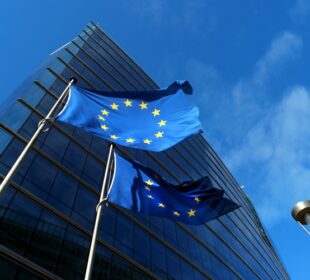- Companies associated with the Brazilian Tree Industry (Ibá), which represents the planted tree sector in Brazil, plan to invest BRL 35.5 billion (USD 6.3 billion) by 2023 in forests, new factories, science, and technology, according to the organization’s 2020 Annual Report, which is now produced in partnership with the Brazilian Institute of Economics at Fundação Getulio Vargas (FGV).
These major investments show the sector’s confidence in the green economy and consumer preferences for traceable, recyclable, and biodegradable products from renewable sources that also store carbon dioxide.
“Traceability is imperative for this chain, which for over two decades has been not only fulfilling but exceeding certification requirements. 100% of the raw materials from this industry come from planted forests. The sector rejects illegal deforestation, and actually preserves the most natural areas in the country,” says Ibá president Paulo Hartung.
This industry not only provides for today but looks to the future, investing in research and innovation to develop more products that are part of the circular economy, biodegradable, and recyclable, such as more options for green fabrics (like viscose made from cellulose) and microfibrillated pulp. In 2019, innovation accounted for approximately 2% of all investment in this segment.
The annual report shows record gross revenues of BRL 100 billion for this sector, with exports contributing USD 10.3 billion to the trade balance. It represents 1.2% of Brazilian GDP and generates 1.3 million jobs and opportunities for 3.75 million Brazilians across the country.
The planted tree sector works in over 1000 municipalities and has 9 million hectares of planted trees, with another 5.9 million hectares set aside for conservation. These areas have the combined potential to store 4.48 billion tons of CO2.
These companies also are certified for the traceability and responsible origin of their products, through internationally recognized systems like FSC, PEFC, and ISO. The new report cites 7,4 million hectares of certified areas, an area larger than Denmark.

















